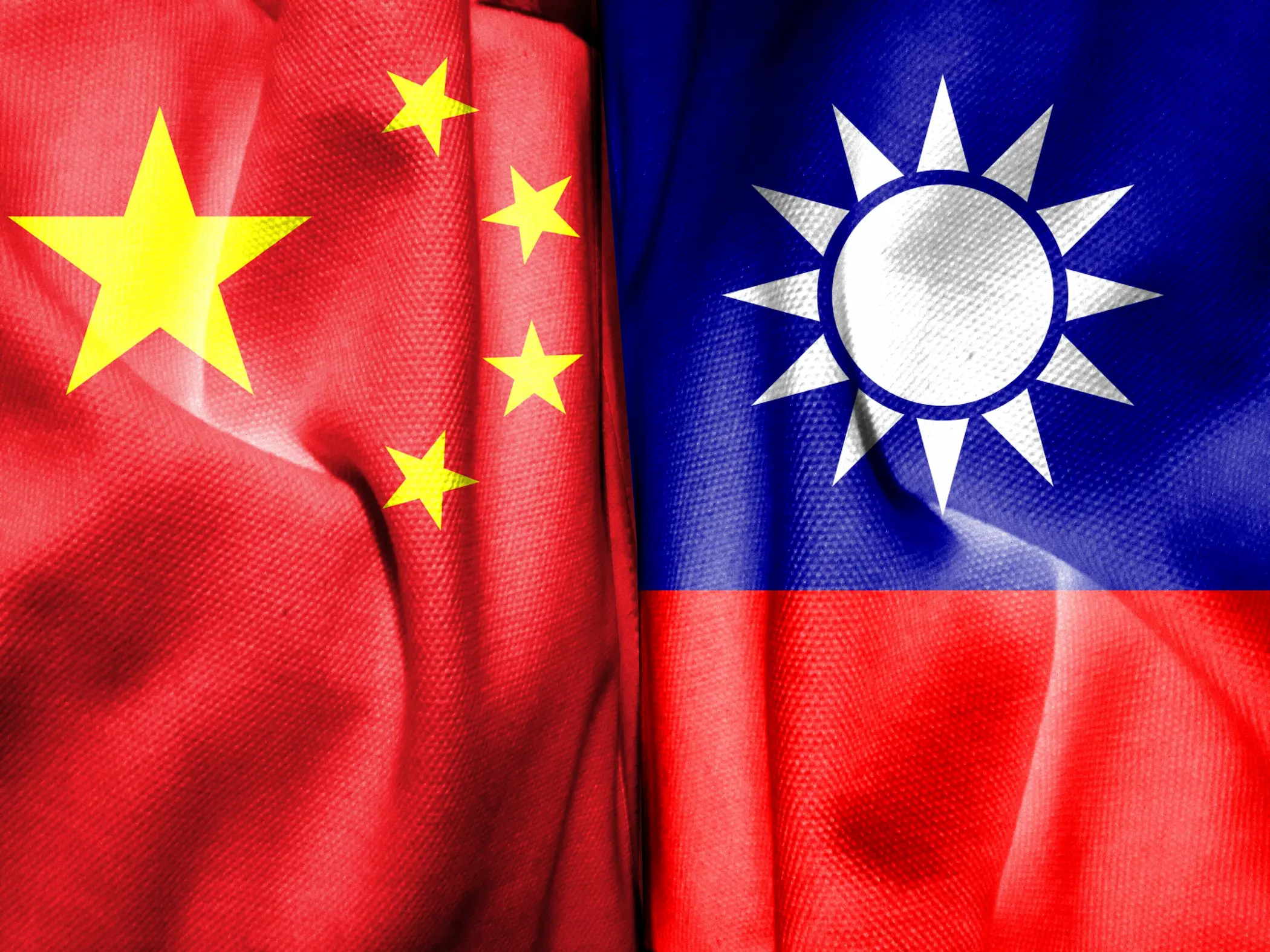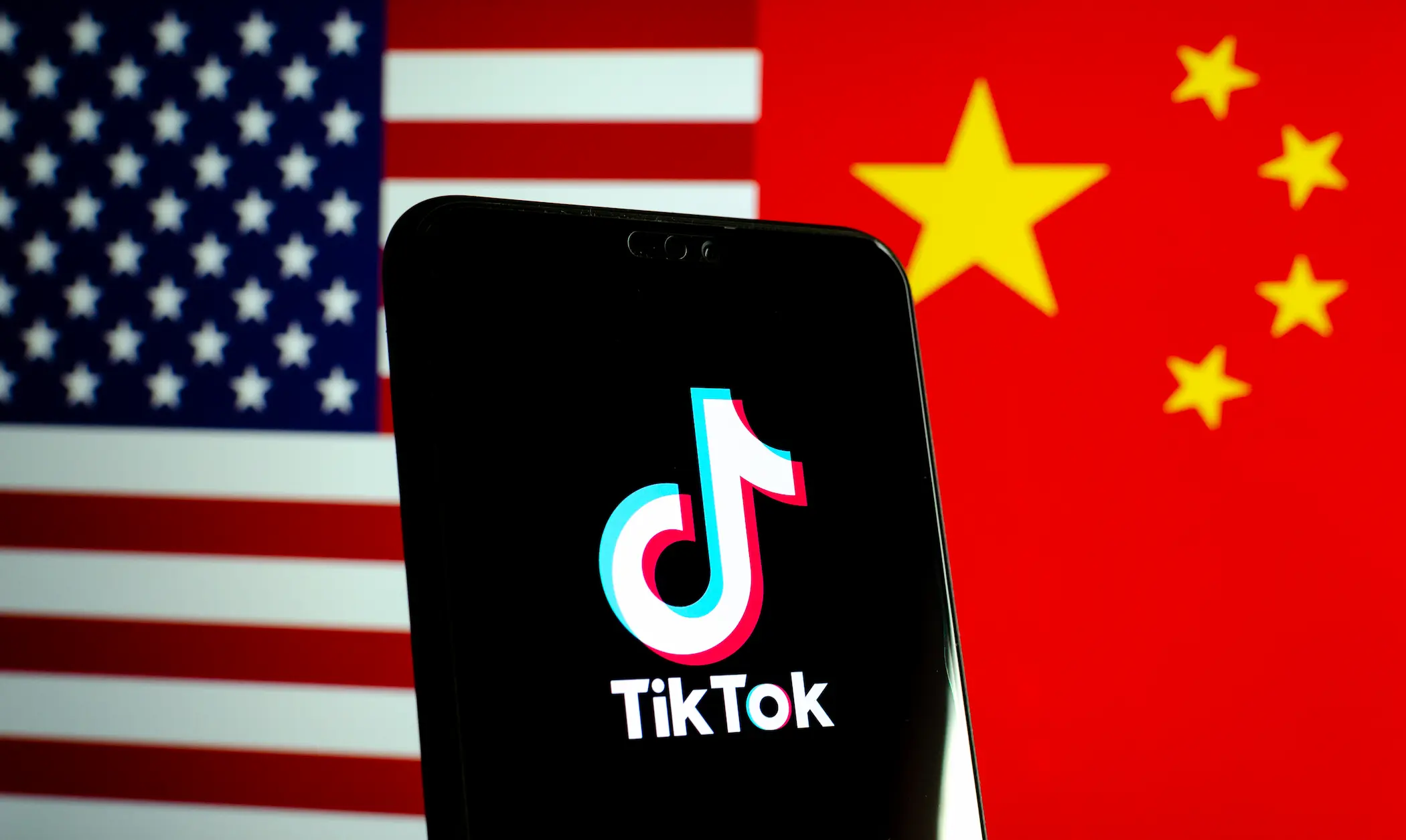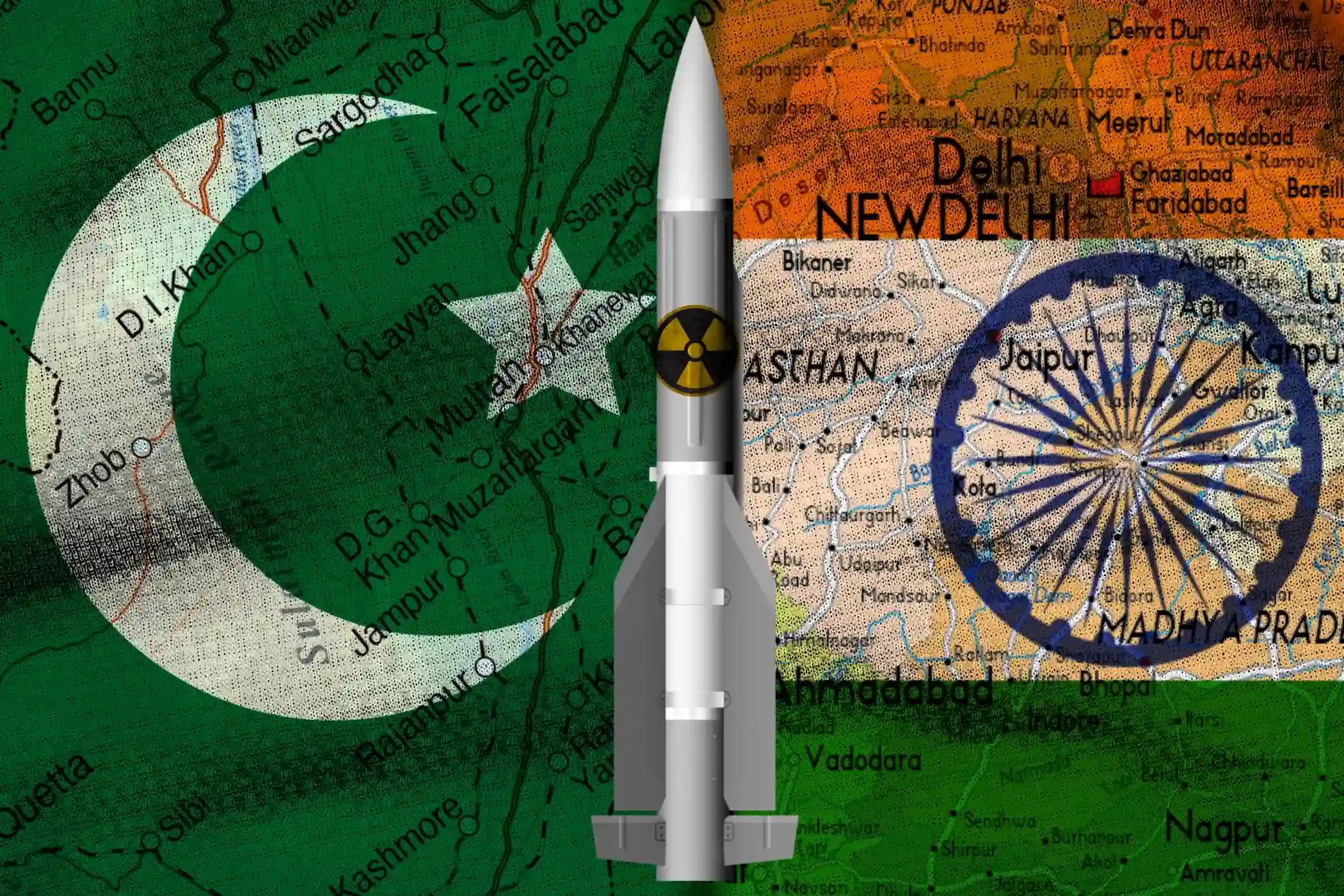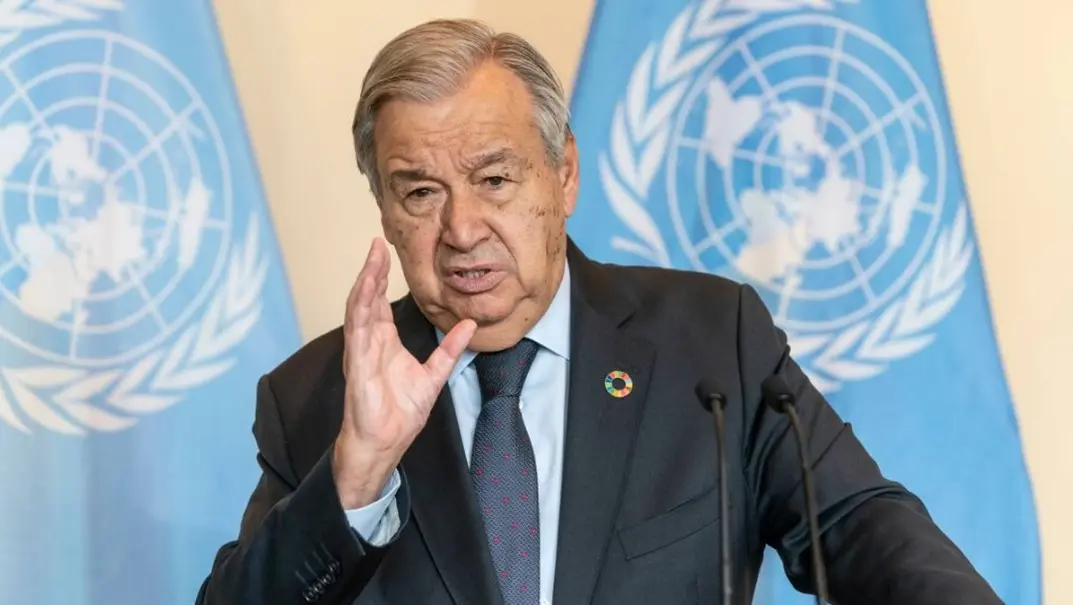The 17th BRICS Summit convened in Rio de Janeiro on July 6–7, 2025, against the backdrop of accelerating geopolitical realignments. Under Brazil’s presidency, the summit sought to reenergize the bloc’s collective agenda, positioning BRICS as a more prominent actor in global affairs. Key declarations were issued, and the membership base was broadened—yet a cautious diplomatic tone accompanied these developments. The gathering appeared less as a turning point and more as a carefully choreographed exercise in articulating a shared vision for a multipolar world, tempered by the bloc’s internal complexities and external constraints.
Despite its symbolic achievements, the summit was marked by apparent limitations. The absence of certain high-profile leaders, coupled with underlying political divergences and institutional fragmentation, curtailed expectations for transformative decisions or a unified policy front. These constraints highlighted the gap between BRICS’s aspirations and its current capabilities. This analysis provides a focused examination of the outcomes of the 2025 BRICS Summit, assessing their implications for the evolving global order and the extent to which the bloc can credibly position itself as an alternative pillar in global governance.
Key Outcomes of the Summit
The BRICS Summit in Rio produced several notable developments and official outcomes, reflecting both the bloc’s growing geopolitical significance and its commitment to reforming global governance.
Expanding and Deepening the BRICS+ Framework
Foremost among the summit’s outcomes was the formal accession of Indonesia as a full member of BRICS, raising the number of core members to 11. Indonesia’s inclusion carries strategic weight, given its position as the largest economy in Southeast Asia and a leading voice among emerging markets. This move signals a continued pivot toward a broader, more inclusive configuration of the Global South.
In addition to the expansion of complete membership, the summit introduced a new tier of engagement by designating Belarus, Bolivia, Kazakhstan, Cuba, Nigeria, Malaysia, Thailand, Vietnam, Uganda, and Uzbekistan as BRICS partner countries. This layered structure, often referred to as the “BRICS+” framework, is widely regarded as a foundation for future enlargement, both in scope and influence.
With 11 member states and 10 official partner countries, the BRICS+ constellation now represents a substantial share of global economic and demographic weight. The 11 members alone account for 40% of both the world’s population and global GDP, while generating more than half of global greenhouse gas emissions, surpassing the G7 on all three measures. Forward-looking projections estimate that BRICS countries will contribute 58% of global GDP growth between 2024 and 2029, compared to just 25% for the G7 over the same timeframe.
This growing economic footprint reinforces BRICS’s potential to emerge as a credible alternative to the Western-dominated architecture of global economic governance. The bloc’s strategic enlargement—epitomised by the inclusion of Indonesia and a cohort of diverse partners—aims to consolidate its negotiating power, amplify its global legitimacy, and reaffirm its identity as the preeminent platform for cooperation among the Global South.
Crucially, this expansion strategy emphasises institutional inclusion over ideological opposition. By broadening representation across regions and development contexts, BRICS seeks to embed multipolarity through consensus-building and coalition formation, rather than confrontational realignment. The enlargement is thus not merely quantitative—it is a calculated effort to reinforce the bloc’s claim as the legitimate voice of emerging and developing economies.
By integrating a wide array of economies from Africa, Asia, and Latin America, BRICS is actively constructing a broader alliance capable of jointly advocating for reform across long-standing international institutions—most notably the United Nations, the International Monetary Fund (IMF), and the World Bank. This strategy aims to challenge the entrenched dominance of Western powers in global governance.
Rather than relying solely on economic leverage or military capability, BRICS is deploying legitimacy and representation as instruments of influence. This signals a deliberate “soft power” approach to shaping a multipolar international system, anchored in inclusivity, equity, and cooperation among states of the Global South.
Rio de Janeiro Declaration: Core Principles and Commitments
The Rio Declaration, formally adopted by BRICS leaders on July 7 2025, stands as the summit’s principal outcome document. It articulates the bloc’s unified vision, policy orientations, and shared commitments, reaffirming BRICS’s long-standing support for multilateralism and comprehensive reform of global governance frameworks.
The declaration calls explicitly for a fundamental transformation of the international order, asserting that it “no longer reflects the geopolitical realities of the 21st century.” In this context, the leaders emphasised the urgent need to restructure global institutions to reflect contemporary power dynamics and demographic realities better.
Particular emphasis was placed on reforming the UN, especially the Security Council. The leaders reiterated their support for making the Council more democratic, representative, effective, and efficient, specifically by enhancing the voice and presence of developing countries within its decision-making structures. This call reflects BRICS’s broader ambition to democratise global governance and advance a more equitable international system responsive to the aspirations of the Global South.
Among the central tenets emphasised in the declaration was a robust endorsement of multipolarity, with the document explicitly asserting that “multipolarity can create opportunities for developing countries and emerging markets.” This assertion directly challenges the long-standing dominance of Western powers over the architecture of international institutions. The declaration’s persistent emphasis on reforming global governance—particularly the UN and the Bretton Woods institutions—signals BRICS’s intent not merely to participate in the existing system but to reshape its foundational structures.
This vision reflects a long-term strategic orientation aimed at institutionalising multipolarity as a permanent feature of the global order. The call for reforms that reflect “the relative positions of countries in the global economy” amounts to a pointed critique of the post–World War II institutional framework, which has historically favoured Western powers. By advocating for new rules of representation and legitimacy, BRICS seeks to enshrine a more equitable balance of power into the global governance system, thereby redefining the normative underpinnings of international authority.
Additionally, the declaration strongly condemned the use of “unilateral coercive measures”—a reference to sanctions not endorsed by the United Nations Security Council (UNSC)—as violations of international law and as harmful to human rights and socioeconomic development. It also expressed “serious concerns over the growing use of unilateral tariff and non-tariff measures that distort trade and are inconsistent with WTO rules.” Though the U.S. was not explicitly named, these statements were widely interpreted as direct critiques of Washington’s trade and sanctions policies.
On financial governance, the declaration reiterated demands for greater quota allocations for emerging and developing economies within the IMF and the World Bank. These demands emphasise the principle that voting power and financial influence within these institutions should more accurately reflect the evolving economic weight of countries in the global economy, rather than disproportionately favouring advanced Western economies.
Finally, the declaration reaffirmed the bloc’s support for the New Development Bank (NDB), lauding its growing role as “a strong and strategic driver of development and modernisation in the Global South.” This endorsement underscores the NDB’s increasing role as a pivotal institutional instrument of the BRICS’ broader initiative to offer alternative development financing that aligns with the interests and priorities of the developing world.
Thematic Declarations and Initiatives
In addition to the comprehensive Rio Declaration, the BRICS Summit in Rio de Janeiro produced several targeted thematic declarations and launched new initiatives that underscore the bloc’s expanding policy agenda. Foremost among these was the Framework Declaration on Climate Finance, a signature outcome aligned with Brazil’s Chairmanship priorities and a critical prelude to the upcoming COP30.
The climate finance declaration called upon developed countries to provide funding that is “substantial,” “new and additional,” and “grant-based” to support the climate ambitions of developing nations. It urged developed economies to honour their long-standing commitment of delivering USD 100 billion annually through 2025 and to pursue a new, more ambitious target of USD 300 billion per year by 2035. The declaration also highlighted the pressing need to reform multilateral development banks to enhance their capacity to mobilise private capital for climate-related initiatives across the Global South. In this context, BRICS countries committed to strengthening coordination in advocating for structural reforms to the international financial system, aimed at accelerating progress toward global climate and sustainable development goals.
For the first time in its history, AI governance was featured prominently on the BRICS agenda, reflecting the bloc’s growing engagement with emerging technologies and its intention to articulate a unified perspective from the Global South on digital transformation.
The Statement on Global AI Governance stressed that global frameworks must not only mitigate the risks associated with AI but also address the specific development needs of countries in the Global South. The statement called for a “collective global effort” to build governance systems rooted in shared values, mutual trust, and inclusive cooperation. It emphasised the centrality of the UN system in preventing fragmentation and overlap in global regulatory efforts.
A further initiative, the Partnership to Eliminate Socially Determined Diseases, was launched as a flagship health priority under Brazil’s Chairmanship. This initiative aims to address persistent health disparities stemming from poverty, inequality, and social exclusion, marking a renewed focus on addressing the structural determinants of health within the broader development agenda of the bloc.
Symbolic Absences of Leaders and Their Implications
The unprecedented absence of Chinese President Xi Jinping—his first since assuming office in 2013—prompted speculation over Beijing’s shifting calculus regarding BRICS and its strategic priorities. Although Premier Li Qiang represented China at the summit, Xi’s decision not to attend in person gave rise to multiple interpretations. Among them was the suggestion that mounting domestic economic challenges—including persistent trade tensions with the US, the protracted real estate sector crisis, and the residual economic and social impacts of the “Zero-COVID” policy—may have compelled his focus on domestic governance and economic stabilisation. Regardless of official explanations, Xi’s absence conveyed a subtle but notable signal: a potential recalibration of China’s engagement with BRICS, or at the very least, a calculated effort to sidestep direct political confrontation with Washington at a time of heightened internal economic fragility.
Similarly, Russian President Vladimir Putin’s remote participation—necessitated by an arrest warrant issued by the International Criminal Court (ICC) over alleged war crimes in Ukraine—reinforced the legal and diplomatic encumbrances facing Russia. As a signatory to the Rome Statute, Brazil would have been legally obligated to detain Putin had he attended in person, making virtual participation the only viable alternative. Putin’s absence highlights the broader limitations on Russia’s diplomatic flexibility and the reputational liabilities it incurs on multilateral platforms such as BRICS. More broadly, it highlights the legal and normative constraints that challenge the bloc’s ability to present a fully cohesive geopolitical front, particularly amid Russia’s deepening international isolation resulting from its actions in Ukraine.
The notable absences of Xi Jinping and Putin—though grounded in immediate political and legal constraints—nonetheless served as potent symbols of the internal fragility and strategic divergences within BRICS. Their absence undercut the bloc’s collective image as a coherent, anti-Western coalition and contributed significantly to the summit’s cautious and measured tone.
Far from being peripheral logistical issues, these absences carried substantial symbolic weight. They impacted the summit’s cohesion, its perceived legitimacy, and the effectiveness of its geopolitical messaging. In effect, leadership of the summit fell largely to Brazilian President Luiz Inácio Lula da Silva and Indian Prime Minister Narendra Modi—the heads of BRICS’s two largest democracies and the least ideologically inclined to steer the group toward a confrontational posture vis-à-vis the West.
Geopolitical Stances and Strategic Restraint
Despite its expanded membership and an ambitious agenda, the 17th BRICS Summit ultimately unfolded in a subdued tone, as reflected in both its final communiqué and the limited expectations for transformative breakthroughs. This strategic restraint was shaped by a complex interplay of factors: symbolic leadership absences, persistent internal divisions, structural asymmetries, and a prevailing sense of diplomatic pragmatism among key member states.
Nevertheless, the Rio de Janeiro Declaration did not shy away from asserting firm geopolitical stances. It explicitly condemned the U.S. and Israeli airstrikes on Iran in June 2025, denouncing them as a “blatant violation of international law.” Furthermore, the declaration expressed “strong support for the establishment of a Palestinian state” and sharply condemned “the genocide committed by Israel in Gaza.” These statements—straightforward in their language—marked a notable departure from the more cautious rhetoric of previous summits, signalling a willingness among BRICS members to adopt a bolder tone in denouncing actions perceived as undermining international law and humanitarian norms.
Despite the forceful language applied to specific conflicts, the overall tone of the Rio de Janeiro Declaration remained relatively restrained on other contentious issues. Nowhere was this more evident than in its treatment of the war in Ukraine. The summit notably avoided adopting a definitive position, opting instead for broad, noncommittal formulations in support of “peace and dialogue.” While Lula da Silva condemned the invasion of Ukraine in his opening remarks, the official declaration carefully steered clear of any direct criticism of Russia.
This “calibrated neutrality” reflects a strategic choice aimed at preserving internal cohesion within BRICS. It highlights the bloc’s reluctance to alienate any of its members, especially its founding powers, and underscores its desire to maintain a balanced posture amid an increasingly polarised international environment. Lula da Silva reinforced this critique of global priorities by contrasting NATO’s decision to allocate 5% of GDP to defence with its longstanding failure to meet the 0.7% target for official development assistance to the world’s poorest nations.
The summit’s selective and uneven approach to geopolitical crises—unequivocal on Iran and Gaza, yet muted on Ukraine—exposed a central tension at the heart of BRICS. On the one hand, the bloc consistently reaffirms its commitment to international law, sovereignty, and peaceful resolution of disputes. On the other hand, its internal dynamics and the strategic interests of its most influential members often constrain its ability to act on these principles coherently and consistently.
This disparity is not merely an oversight but a calculated result of intra-bloc power relations and diverging national agendas. Founding members such as Russia and China are unlikely to tolerate direct criticism of Russian actions in Ukraine. While other member states may privately hold contrasting views, their desire to maintain bloc unity—and to safeguard their respective bilateral relations with Moscow and Beijing—often overrides any inclination toward a unified, principled condemnation.
The result is a bloc defined less by ideological coherence than by pragmatic alignment. BRICS is not, and arguably has never been, a monolithic anti-Western alliance. Instead, it is a heterogeneous coalition in which national interest frequently supersedes collective positioning.
Structural Constraints and Asymmetric Vulnerabilities
The summit’s cautious tone was, in large part, shaped by the structural constraints and asymmetric vulnerabilities confronting BRICS member states, particularly regarding their economic entanglement with the U.S. Despite rhetorical calls for a reformed global order, many BRICS economies remain deeply embedded within Western-led financial systems. Their dependence on dollar-denominated transactions, access to U.S. capital markets, and preferential trade relations with Western consumers have created a structural dilemma: any bold deviation from the prevailing international order risks triggering immediate economic consequences.
This underlying fragility was amplified by the implicit threat of economic coercion, most notably from the U.S. President Donald Trump’s renewed threats of punitive tariffs targeting key BRICS economies, along with warnings of escalated sanctions against countries seeking to reduce reliance on the U.S. dollar, served not only as instruments of pressure but also as deterrent signals to other aspiring partner states. These threats were carefully calibrated to curb BRICS’s momentum toward institutional autonomy and to dissuade potential members from joining initiatives perceived as antagonistic to U.S. interests.
As a result, the summit’s final declaration was notably restrained in tone. It fell short of strongly reaffirming prior commitments to robust multilateralism and institutional transformation. The absence of explicit references to the U.S., despite the obvious allusions, reflects a shared risk-averse posture rooted in economic interdependence and strategic vulnerability.
Thus, the summit’s subdued tone reflected the asymmetric vulnerabilities of BRICS member states and embodied the pragmatic calculations behind their cautious posture, particularly their desire to avoid economic retaliation. It underscored the bloc’s structural limitations in a global system still dominated by U.S. economic, financial, and institutional power.
The summit’s public messaging—focused on themes like economic development, AI governance, and technological cooperation—functioned less as a strategic roadmap and more as a tactical shield against potential economic backlash. These carefully chosen, non-confrontational topics enabled BRICS to project institutional relevance while sidestepping direct provocation of the U.S.
In conclusion, the 17th BRICS Summit marked a significant milestone, underscoring both the bloc’s growing ambitions and the persistent challenges it faces in asserting its global influence. Among its most notable outcomes were the official accession of Indonesia as a full member and the inclusion of several new partner states, which enhanced the bloc’s demographic and economic weight and solidified its position as a central voice for the Global South.
Furthermore, through key declarations on reforming global governance, advancing climate finance, shaping AI governance, and promoting health equity, the summit articulated a coherent strategic vision, reaffirming BRICS’s commitment to building a more just, inclusive, and multipolar international order.
Nevertheless, the summit was not without its constraints and challenges, most notably its subdued tone and the limited expectations for transformative breakthroughs, which were further compounded by the absence of key leaders, including those from China and Russia. These absences highlighted internal fragilities and strategic divergences that continue to inhibit the consolidation of a unified BRICS position.
Structural limitations, coupled with the economic and political asymmetries among member states, revealed the complex realities the bloc faces in attempting to confront and reform the prevailing international order. In this context, BRICS adopted a pragmatic and risk-averse approach, seeking to balance ambition with caution while maintaining its long-term objective of gradual systemic reform.
Accordingly, the 17th BRICS Summit affirmed that the bloc is not yet positioned to supplant the existing global order, nor does it function as a cohesive anti-Western alliance. Instead, it stands as an evolving platform for shaping the contours of a multipolar world—one that fosters deeper cooperation among Global South nations and advances calls for reforming multilateral institutions to reflect 21st-century geopolitical and economic realities.
References
Agência Brasil. “BRICS Approves Partnership to Eliminate Socially Determined Diseases,” July 7, 2025. https://agenciabrasil.ebc.com.br/en/saude/noticia/2025-07/brics-approves-partnership-eliminate-socially-determined-diseases
Aguiar, Paulo. “2025 BRICS Rio Summit: The Limits of Symbolism.” Geopolitical Monitor, July 10, 2025. https://www.geopoliticalmonitor.com/assessing-the-2025-brics-rio-summit/
Gouveia, Luis, Jr. “Political Conclusions of the 2025 BRICS Summit.” E-International Relations, July 8, 2025. https://www.e-ir.info/2025/07/08/political-conclusions-of-the-2025-brics-summit/
International Institute for Susinable Development. “BRICS Countries Develop Shared Position on Climate Finance,” July 11, 2025. Accessed July 14, 2025. https://sdg.iisd.org/news/brics-countries-develop-shared-position-on-climate-finance/
Jochim, Sam. “The growing importance of BRICS.” EFG International AG, July 4, 2025. Accessed July 14, 2025. https://www.efginternational.com/insights/2025/the_growing_importance_of_brics.html
Rahman, Abdul. “In 17th BRICS Summit, members reiterate commitments to multilateralism and international law.” Peoples Dispatch, July 7, 2025. https://peoplesdispatch.org/2025/07/07/in-17th-brics-summit-members-reiterate-commitments-to-multilateralism-and-international-law/
Rahn, Wesley. “Can BRICS Project Unity Amid Global Tensions?” Dw.Com, July 6, 2025. https://www.dw.com/en/can-brics-project-unity-amid-global-tensions/a-73158174
Santoso, Anton. “BRICS Adopts Rio Declaration, Welcomes Indonesia as Member.” Antara News, July 7, 2025. https://en.antaranews.com/news/364541/brics-adopts-rio-declaration-welcomes-indonesia-as-member
Shidore, Sarang. “BRICS Takes Aim at Israel as It Wades into Geopolitical Conflicts.” Responsible Statecraft, July 7, 2025. https://responsiblestatecraft.org/brics-tariffs-rio/
The Times of India. “Brics Climate Demand: Bloc Seeks Concessional Climate Finance from West, Backs IMF Reforms and NDB’s Growing Role,” July 8, 2025. https://timesofindia.indiatimes.com/business/india-business/brics-climate-demand-bloc-seeks-concessional-climate-finance-from-west-backs-imf-reforms-and-ndbs-growing-role/articleshow/122282736.cms
TOI World Desk. “The Xi Jinping Question: Is China’s ‘leader for Life’ Planning His Exit? Or Just Delegating Power?” The Times of India, July 7, 2025. https://timesofindia.indiatimes.com/world/china/the-xi-jinping-question-is-chinas-leader-for-life-planning-his-exit-or-just-delegation-of-powers/articleshow/122287370.cms













Comments